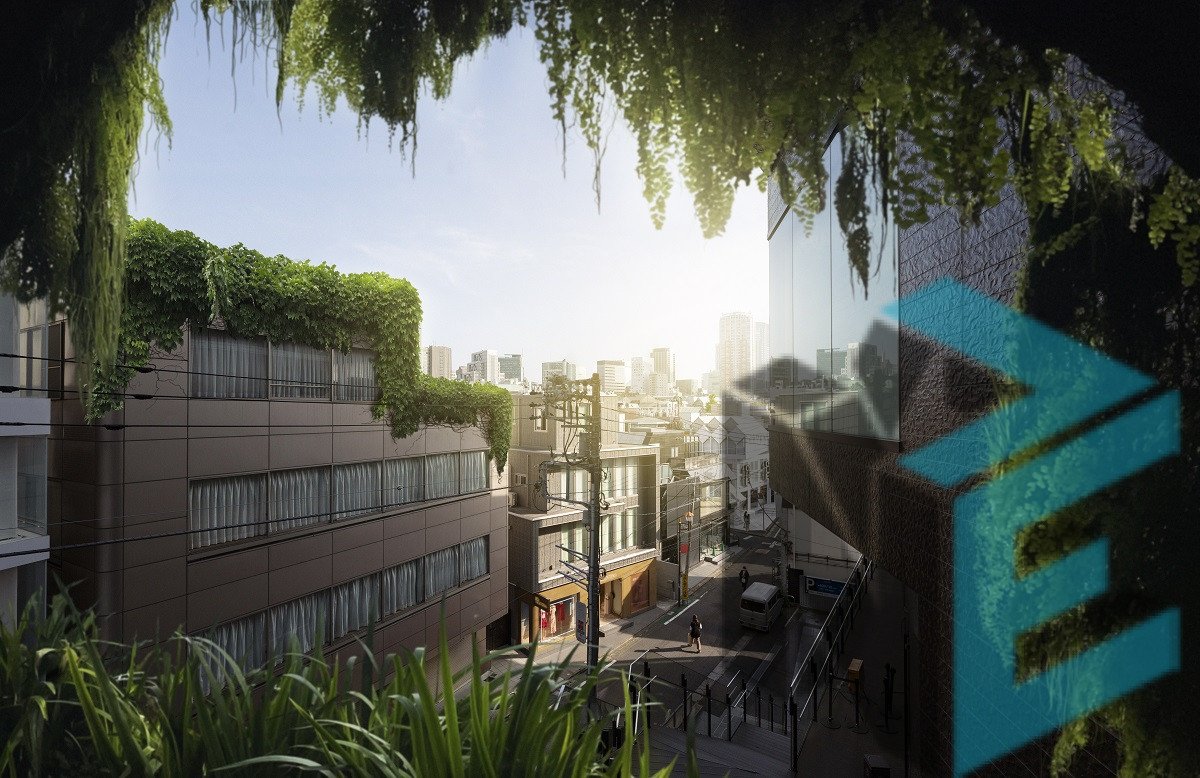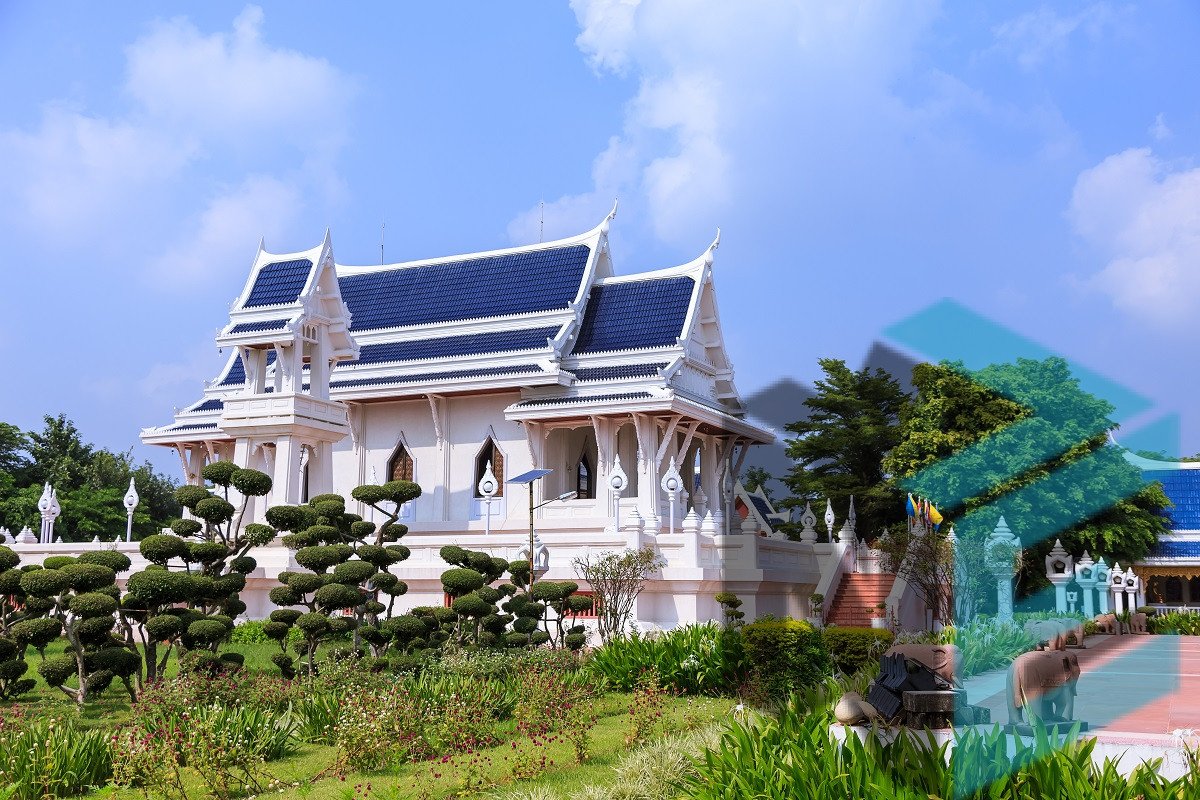As the world grapples with the challenges of climate change and dwindling natural resources, the need for sustainable building practices has never been more critical. Zero energy buildings (ZEBs) represent a significant advancement in green architecture, offering a solution that combines energy efficiency with renewable energy production. This article delves into the concept of zero energy buildings, their key features, benefits, and the future of sustainable construction.
What is a Zero Energy Building?
A zero energy building is designed to produce as much energy as it consumes over a year. This balance is achieved through a combination of energy-efficient design and renewable energy generation. The goal is to minimize the building’s energy demand and meet the remaining needs with on-site renewable energy sources such as solar panels or wind turbines.

Key Features of Zero Energy Buildings
Energy Efficiency
The cornerstone of a zero energy building is its energy efficiency. This involves using advanced insulation, energy-efficient windows, and reducing air leakage to minimize energy loss. High-efficiency lighting and appliances further reduce the building’s energy consumption.
Renewable Energy Sources
To achieve zero energy status, buildings must generate renewable energy on-site. Solar photovoltaic (PV) panels, wind turbines, and geothermal systems are commonly used to produce clean, sustainable energy that offsets the building’s energy use.
High-Performance Building Envelope
A high-performance building envelope is essential for maintaining indoor comfort and energy efficiency. This includes well-insulated walls, roofs, and floors, as well as energy-efficient doors and windows that reduce heat transfer.
Efficient HVAC Systems
Heating, ventilation, and air conditioning (HVAC) systems in zero energy buildings are designed to operate with minimal energy consumption. These systems often include high-efficiency heat pumps, energy recovery ventilators, and smart thermostats to optimize performance.
Smart Building Technologies
Smart building technologies play a crucial role in managing energy use in zero energy buildings. Automated lighting, occupancy sensors, and energy management systems help monitor and control energy consumption, ensuring the building operates at peak efficiency.
Benefits of Zero Energy Buildings

Zero energy buildings offer numerous benefits, including:
- Reduced Energy Costs: By producing their own energy, ZEBs significantly lower utility bills and reduce reliance on fossil fuels.
- Environmental Impact: ZEBs reduce greenhouse gas emissions and help mitigate climate change by using clean, renewable energy sources.
- Enhanced Comfort: High-performance building envelopes and efficient HVAC systems provide superior indoor comfort and air quality.
- Increased Property Value: Sustainable buildings are increasingly in demand, and ZEBs often have higher resale values due to their energy efficiency and environmental benefits.
Case Studies of Zero Energy Buildings
Several exemplary zero energy buildings around the world demonstrate the feasibility and benefits of this approach:
- The Bullitt Center (Seattle, USA): Known as the greenest commercial building in the world, the Bullitt Center uses solar panels, rainwater harvesting, and composting toilets to achieve zero energy status.
- The Edge (Amsterdam, Netherlands): This smart office building utilizes solar panels, energy-efficient design, and IoT technology to maintain a net-zero energy balance.
Challenges and Future Prospects
While zero energy buildings offer many advantages, they also face challenges such as higher upfront costs, technological integration, and the need for specialized design and construction expertise. However, as technology advances and the demand for sustainable buildings grows, these challenges are expected to diminish.
Zero energy buildings represent the future of sustainable architecture, offering a practical solution to reduce energy consumption and environmental impact. By integrating energy-efficient design, renewable energy sources, and smart technologies, ZEBs pave the way for a more sustainable and resilient built environment.
Frequently Asked Questions (FAQs)
- What is a zero energy building? A zero energy building produces as much energy as it consumes over a year through energy-efficient design and renewable energy generation.
- How do zero energy buildings generate renewable energy? They typically use solar panels, wind turbines, and geothermal systems to produce clean, sustainable energy on-site.
- What are the benefits of zero energy buildings? Benefits include reduced energy costs, lower environmental impact, enhanced indoor comfort, and increased property value.
- Are zero energy buildings expensive to build? While they may have higher upfront costs, the long-term savings on energy bills and increased property value can offset these initial expenses.
-
What role do smart technologies play in zero energy buildings? Smart technologies help monitor and control energy use, optimizing the building’s performance and ensuring it operates efficiently.



